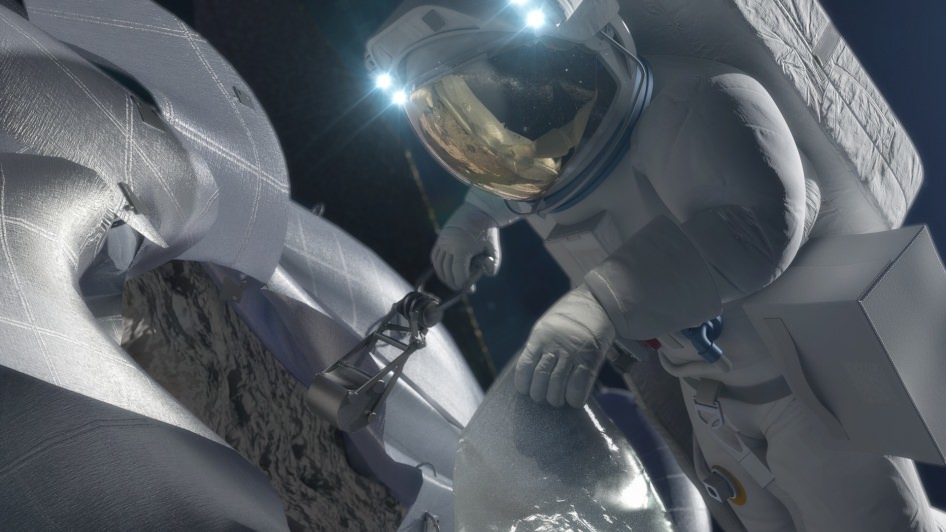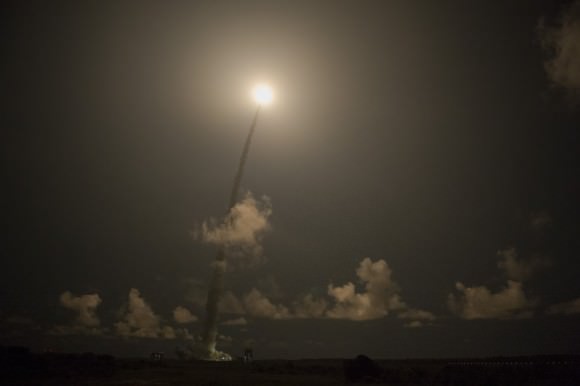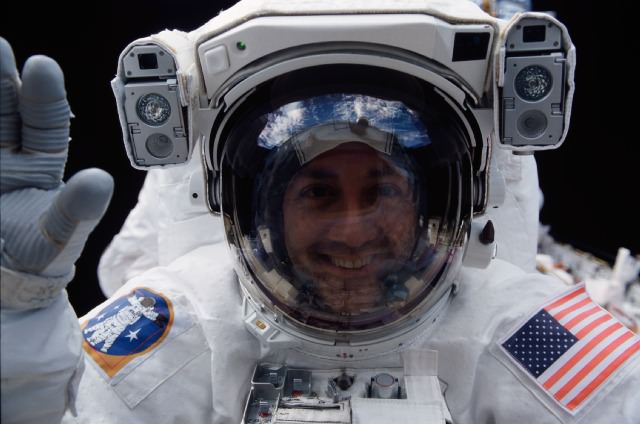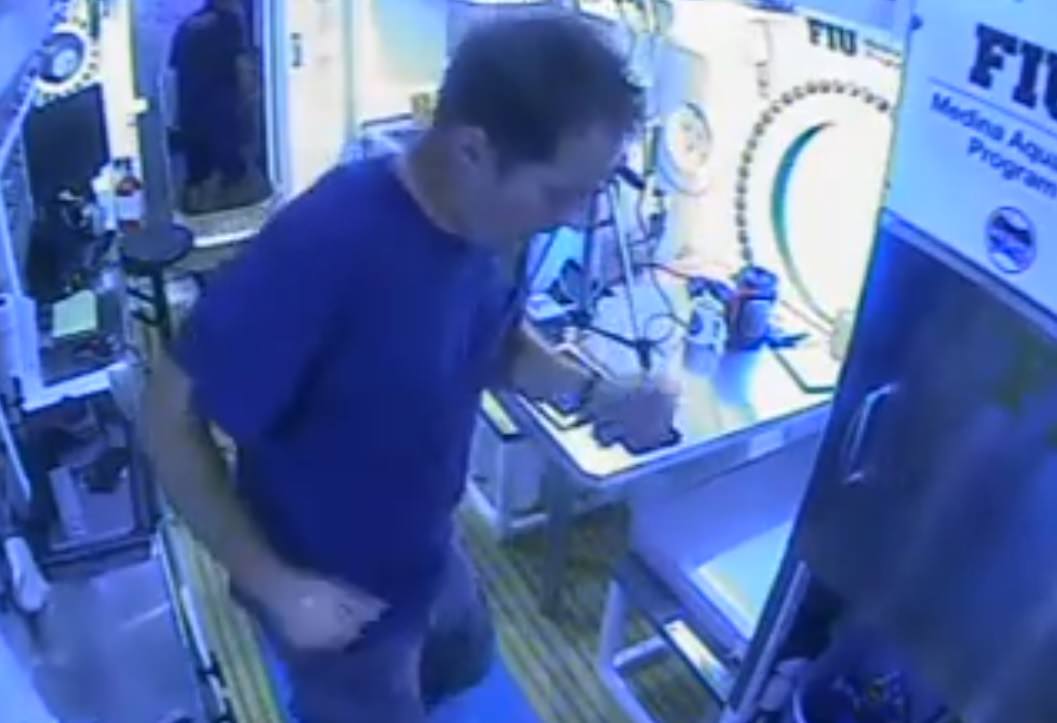Anyone eager for a comet countdown? It’s just a few days now until the Rosetta spacecraft arrives near Comet 67P/Churyumov–Gerasimenko on August 6, and with each passing day more detail becomes visible.
The “rubber duckie”-shaped comet has an average surface temperature of –70 degrees Celsius (-94 degrees Fahrenheit), which is far warmer than scientists expect. At 20 to 30 degrees Celsius (68 to 86 degrees Fahrenheit) warmer than predicted, the scientists say that the comet is too hot to be covered in ice. It must instead of a dark crust.
“This result is very interesting, since it gives us the first clues on the composition and physical properties of the comet’s surface,” stated Fabrizio Capaccioni, principal investigator of the visible, infrared and thermal imaging spectrometer (VIRTIS) that took the measurements.
Capaccioni, who is from Italy’s INAF-IAPS, led a team that took measurements of the comet between July 13 and July 21. What they found was also consistent with the findings from other close-up views of comets, such as 1P/Halley. Observations from afar already revealed that Rosetta had low reflectivity, so this is consistent with those far-off looks.
“This doesn’t exclude the presence of patches of relatively clean ice, however, and very soon, VIRTIS will be able to start generating maps showing the temperature of individual features,” stated Capaccioni.
Source: European Space Agency













